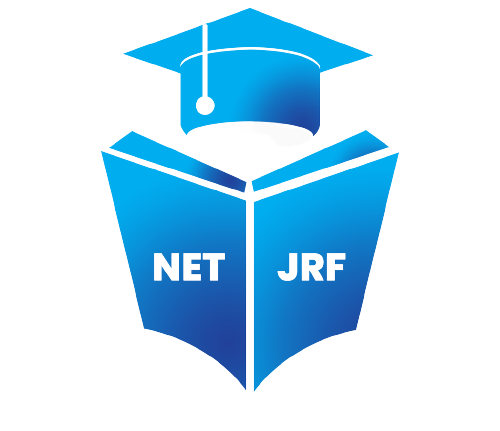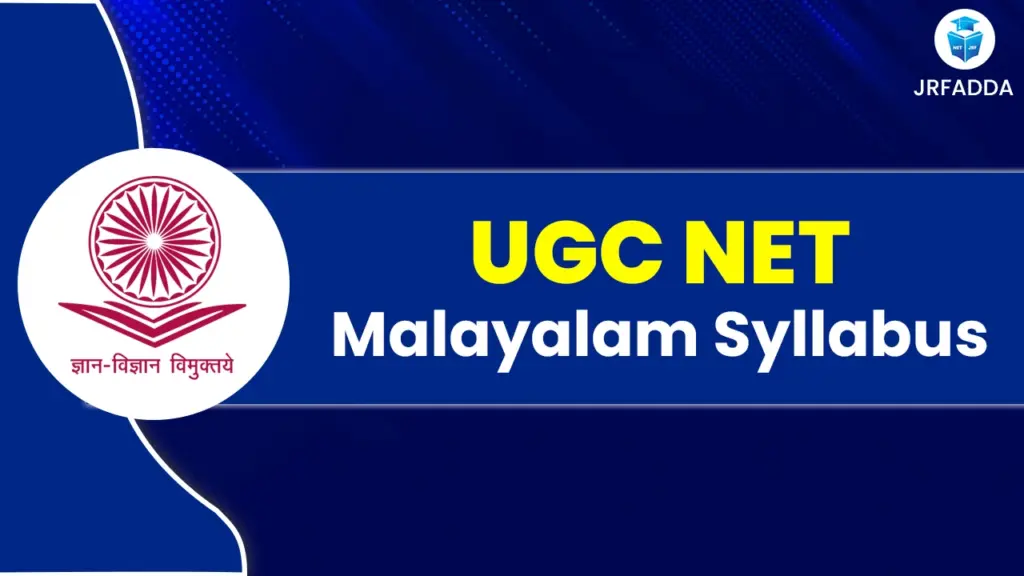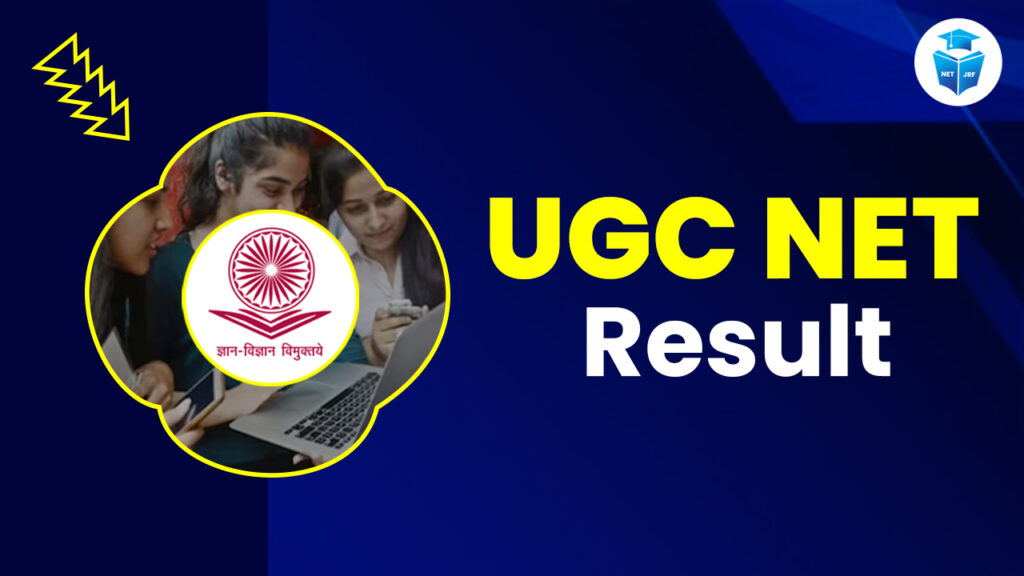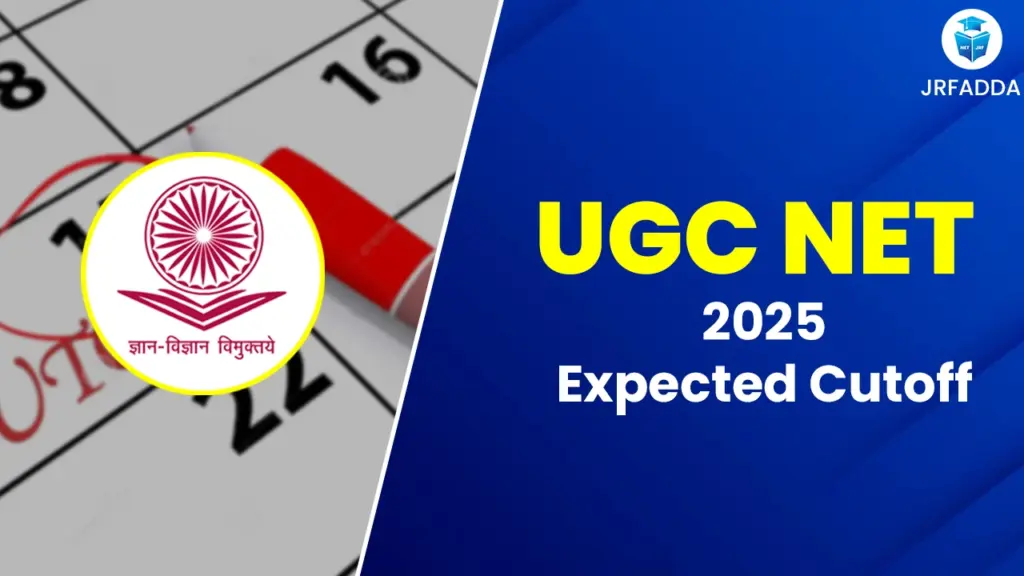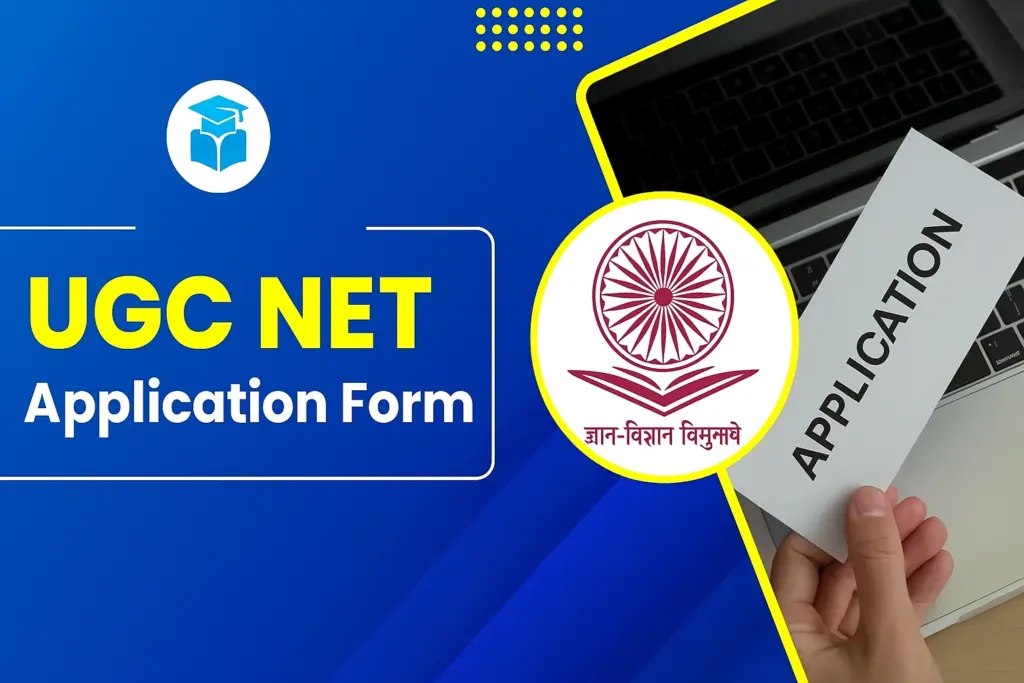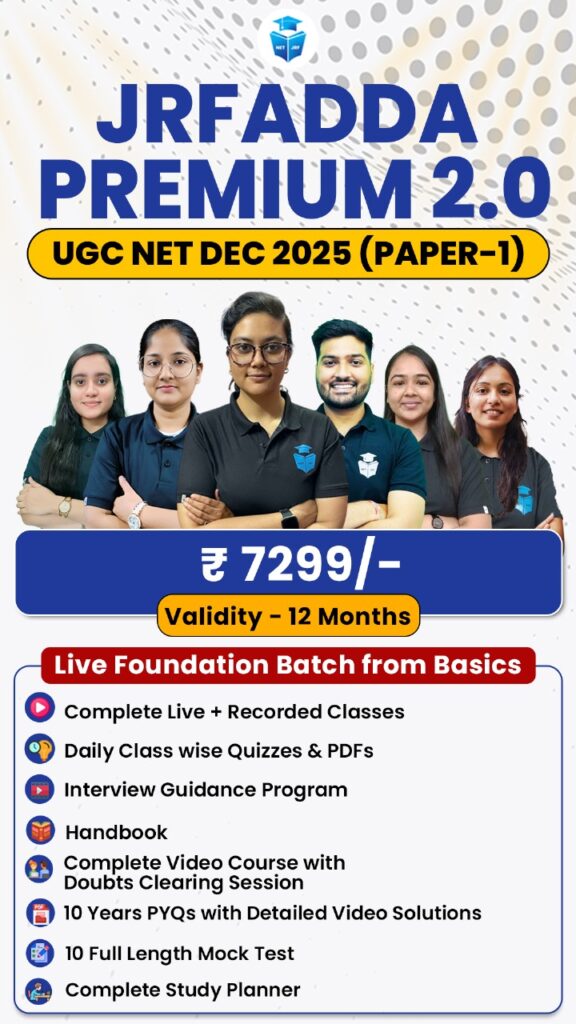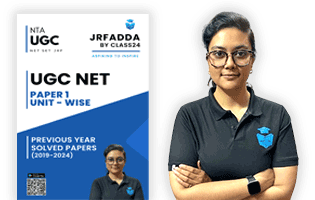The UGC NET Malayalam Syllabus 2025 has been officially published by the National Testing Agency (NTA). It comprehensively covers topics in Malayalam literature, grammar, linguistics, poetry, and literary criticism. Candidates preparing for the UGC NET exam for Assistant Professor or Junior Research Fellowship (JRF) posts must thoroughly study the updated syllabus. The subject code for Malayalam is 22, and the syllabus is divided into 10 broad units ranging from ancient to modern Malayalam literary studies.
UGC NET Malayalam Syllabus 2025 Overview
The UGC NET exam is a national-level eligibility test conducted by NTA twice a year in Computer-Based Test (CBT) mode. The exam evaluates candidates’ qualifications for lectureship and research roles in Indian universities and colleges.
| Feature | Details |
| Exam Name | UGC NET 2025 |
| Conducting Authority | National Testing Agency (NTA) |
| Purpose | Eligibility for Assistant Professor & JRF |
| Exam Frequency | Twice a year |
| Exam Mode | Computer-Based Test (CBT) |
| Medium of Exam | Malayalam |
| Total Duration | 3 Hours (180 Minutes) |
| Papers | Paper I (General) & Paper II (Subject-specific) |
| Subject Code for Malayalam | 22 |
| Expected Exam Dates | 21 June to 30 June 2025 (Tentative) |
| Official Website | ugcnet.nta.nic.in |
Also Read: UGC NET June 2025
UGC NET Malayalam Syllabus PDF Download
To prepare efficiently, aspirants are advised to download the official UGC NET Malayalam Syllabus 2025 PDF. It provides unit-wise clarity of themes in Malayalam linguistics, literature, criticism, and theoretical approaches.
| Download UGC NET Malayalam Syllabus 2025 PDF |
UGC NET Syllabus Paper 1 – Topic-Wise Breakdown
Paper 1 is common for all subjects and assesses general teaching and research aptitude.
| Unit No. | Topic | Description |
| Unit 1 | Teaching Aptitude | Nature, objectives, learner characteristics, teaching methods |
| Unit 2 | Research Aptitude | Research types, ethics, methodology, dissertation writing |
| Unit 3 | Comprehension | Reading passages with interpretation |
| Unit 4 | Communication | Types, barriers, and classroom communication |
| Unit 5 | Mathematical Reasoning and Aptitude | Numbers, percentages, ratios, averages, tables |
| Unit 6 | Logical Reasoning | Syllogisms, analogies, Venn diagrams |
| Unit 7 | Data Interpretation | Graph and chart-based interpretation |
| Unit 8 | ICT | Basic ICT tools, e-learning, digital initiatives |
| Unit 9 | People, Development, and Environment | Climate, pollution, conservation, sustainable development |
| Unit 10 | Higher Education System | Policies, values, governance frameworks |
Download UGC NET Paper I Syllabus 2025 PDF
| UGC NET Paper I Syllabus 2025 | |
| English | Hindi |
Also Read: UGC NET Syllabus 2025 PDF Download
UGC NET Malayalam Syllabus Paper 2 – Detailed Breakdown
Paper 2 is subject-specific and focuses exclusively on Malayalam language and literature. The syllabus is structured into 10 comprehensive units, each targeting core areas such as linguistics, literary forms, movements, and modern theories.
| Unit | Topic | Subtopics / Description |
| Unit 1 | Malayalam Literature – Early Period | – 26th century foundation
– Poetic forms: Prasana, Nirnalanaya, Nikasaparindam – Manipravalam literature (subtypes: Nirnalanaya, Adhyaykalam, Mdhakalam, Indikalam) – Forms: Gatha, Kilipattu, Pana, Nanjippattu – Prose: Vasanabhasha, Ayabarichashapakhanaya, Brahmandapurana, Mapila Malayalam – Literary forms: Mahakavyam, Khandakavyam, Muktaka, Ninarinn |
| Unit 2 | 21st Century Malayalam Literature | – Focus on modernity
– Themes: Dalit literature, women’s writing, societal issues – Literary characteristics of 20th and 21st centuries |
| Unit 3 | Malayalam Literature – Literary World | – Literature as the foundation of the literary world
– Connection between history and early literature |
| Unit 4 | Visual Literature | – Story types: Chanashaya, Nadhya, Abhinaya
– Early to later literary representation – Character evolution, dramatic elements |
| Unit 5 | Drama in Malayalam Literature | – Forms: Prayabhaya, Adyakala, Prahasanam, Prasnadakaya, Tanatanadakaya
– Types: Social drama, Dalit drama, Street drama – Cinema and screenwriting: Ranunasachanketl, Lalacingan |
| Unit 6 | Playwrights and Drama | – Focus on Chaffak Chalar
– Known for classical, philosophical, and innovative plays |
| Unit 7 | Book Reviews and Literary Trends | – Literary commitment in modern era
– Influence of public and modernity |
| Unit 8 | Language Studies | – Classical to modern linguistics
– Dravidian languages focus – Tamil-Malayalam connections – Topics: Prachaya, Prakrit, Samasa |
| Unit 9 | Literary Theory and Sound | – Theoretical studies of poetry and aesthetics
– Humanistic, feminist, social approaches |
| Unit 10 | Social Sciences and Literature | – Historical eras: ancient to independence
– Religion and language in literature (Hindu, Islam, Jewish) – Media: Press, publishing, textbook development, magazines |
യുജിസി നെറ്റ് മലയാളം സിലബസ് പേപ്പർ 2
| യൂണിറ്റ് | വിഷയം | ഉപവിഷയങ്ങൾ / വിവരണം |
| യൂണിറ്റ് 1 | മലയാള സാഹിത്യം – പ്രാരംഭഘട്ടം | – 26-ാം നൂറ്റാണ്ട് ആധാരമായി
– കാവ്യരൂപങ്ങൾ: പ്രസ്നം, നിർണയനം, നികാസപരിന്ദം – മണിപ്രവാള സാഹിത്യം (ഉപരൂപങ്ങൾ: നിർണയനം, അദ്ധ്യായകാലം, മദ്ധ്യകാലം, ഇന്ദീകാലം) – പാട്ട് രൂപങ്ങൾ: ഗാഥ, കിളിപ്പാട്ട്, പാന, നാഞ്ചിപ്പാട്ട് – പ്രോസ്സ്: വാസനാഭാഷ, ആയബരിശ ശപഖാനായ, ബ്രഹ്മാണ്ഡപുരാണം, മാപ്പിള മലയാളം – സാഹിത്യരൂപങ്ങൾ: മഹാകാവ്യം, ഖണ്ഡകാവ്യം, മുക്തകം, നിനരിന്ന് |
| യൂണിറ്റ് 2 | 21-ാം നൂറ്റാണ്ടിലെ മലയാള സാഹിത്യം | – ആധുനികതയിൽ കേന്ദ്രീകരിക്കൽ
– പ്രധാന ആശയങ്ങൾ: ദളിത് സാഹിത്യം, സ്ത്രീകളുടെ രചനകൾ, സാമൂഹിക വിഷയങ്ങൾ – 20-ാം, 21-ാം നൂറ്റാണ്ടുകളുടെ സാഹിത്യലക്ഷണങ്ങൾ |
| യൂണിറ്റ് 3 | മലയാള സാഹിത്യം – സാഹിത്യ ലോകം | – സാഹിത്യലോകത്തിന്റെ അടിസ്ഥാനം മലയാളസാഹിത്യം
– ചരിത്രം, പ്രാരംഭ സാഹിത്യത്തിന് ഇടയിലെ ബന്ധം |
| യൂണിറ്റ് 4 | ദൃശ്യ സാഹിത്യം | – കഥാരൂപങ്ങൾ: ചാനാശയ, നാഥ്യ, അഭിനയം
– പൂർവകാലത്തിൽ നിന്നും പിന്നീട് വരെയുള്ള പ്രതിനിധാനം – കഥാപാത്രവികാസം, നാടകീയ ഘടകങ്ങൾ |
| യൂണിറ്റ് 5 | മലയാള നാടകസാഹിത്യം | – നാടകരൂപങ്ങൾ: പ്രാരയഭയം, ആദ്യകാലം, പ്രഹസനം, പ്രസ്നനാടകം, തനത്നാടകം
– തരം: സാമൂഹികനാടകം, ദളിത് നാടകം, തെരുവ് നാടകം – സിനിമയും തിരക്കഥയും: രണുനസച്ചങ്കെട്ട്, ലാലസിങ്ങൻ |
| യൂണിറ്റ് 6 | നാടകകൃത്തുക്കളും നാടകവുമ് | – ചാഫാക് ചലാറിനെ കേന്ദ്രീകരിച്ച്
– ശാസ്ത്രീയമായും തത്വചിന്താപരമായും നവീനമായും അറിയപ്പെടുന്ന നാടകങ്ങൾ |
| യൂണിറ്റ് 7 | പുസ്തകപരിശോധനയും സാഹിത്യ പ്രവണതകളും | – ആധുനിക കാലത്തെ സാഹിത്യ പ്രതിബദ്ധത
– ജനങ്ങളുടെ പങ്കാളിത്തവും ആധുനികതയുടെ സ്വാധീനവും |
| യൂണിറ്റ് 8 | ഭാഷാശാസ്ത്രം | – പരമ്പരാഗത ഭാഷാശാസ്ത്രത്തിൽ നിന്നും ആധുനികത്തിലേക്കുള്ള വികാസം
– ദ്രാവിഡഭാഷകളുടെ പ്രാധാന്യം – തമിഴ്-മലയാളം ബന്ധം – വിഷയങ്ങൾ: പ്രചയ, പ്രാകൃതം, സമാസം |
| യൂണിറ്റ് 9 | സാഹിത്യ സിദ്ധാന്തവും ശബ്ദശാസ്ത്രവും | – കവിതയും സൗന്ദര്യശാസ്ത്രവുമായുള്ള സിദ്ധാന്തപഠനം
– മാനവികശാസ്ത്രം, സ്ത്രീപക്ഷം, സാമൂഹിക സമീപനങ്ങൾ |
| യൂണിറ്റ് 10 | സാമൂഹിക ശാസ്ത്രവും സാഹിത്യവും | – ചരിത്രപരമായ ഘട്ടങ്ങൾ: പുരാതനകാലം മുതൽ സ്വാതന്ത്ര്യ സമരം വരെ
– മതവും ഭാഷയും സാഹിത്യത്തിലെ പ്രാധാന്യം (ഹിന്ദു, ഇസ്ലാം, ജൂതം) – മാധ്യമങ്ങൾ: അച്ചടി, പ്രസിദ്ധീകരണം, പാഠപുസ്തകങ്ങൾ, മാസികകൾ |
UGC NET Malayalam Exam Pattern 2025
The examination is conducted in a single session and comprises two papers.
| Paper | No. of Questions | Marks | Type of Questions | Duration |
| Paper 1 | 50 | 100 | General Aptitude | 3 hours |
| Paper 2 | 100 | 200 | Subject-specific (Malayalam) | 3 hours |
Also Read: UGC NET Exam Pattern 2025
Tips to Crack UGC NET Malayalam Exam 2025
- Start Early: Begin your preparation during postgraduate studies to build depth in literature and grammar.
- Refer to University Curriculum: Align your preparation with central and state university MA Malayalam syllabi.
- Strategize Your Study Plan: Maintain a weekly planner that includes reading, revisions, and MCQ practice.
- Use Previous Papers: Understand patterns, recurring themes, and scoring areas.
- Take Mock Tests: Simulate real exam conditions to build confidence and reduce anxiety.
- Read Primary Texts: Focus on classic and modern literary works instead of just summaries.
- Improve Language Accuracy: Brush up on grammar, idiomatic usage, and linguistic theories.
Conclusion
The UGC NET Malayalam Syllabus 2025 offers a detailed and structured guide for aspirants aiming for JRF and Assistant Professor roles. By systematically studying each unit—from classical literature to postmodern theories and applied linguistics—candidates can build a strong foundation and clear the exam with confidence. Download the official syllabus, plan your preparation, and make consistent efforts with revision and practice tests.
UGC NET Malayalam Syllabus 2025 FAQs
What topics are included in the UGC NET Malayalam Syllabus Paper 2?
The syllabus covers areas such as Malayalam linguistics, literary history, poetry, novels, drama, essays, and translation studies.
Has the Malayalam syllabus changed for UGC NET 2025?
Core topics remain largely unchanged, but aspirants should always verify updates on the official NTA website before starting preparation.
How many questions are there in UGC NET Malayalam Paper 2?
Paper 2 includes 100 multiple-choice questions (MCQs), each carrying 2 marks.
Is ancient and modern Malayalam literature both part of the syllabus?
Yes, the syllabus spans from early texts to contemporary literary works, ensuring comprehensive coverage.
What books should I refer to for UGC NET Malayalam preparation?
Standard university textbooks, works by prominent Malayalam authors, and literary theory guides (Indian & Western) are essential for in-depth preparation.
